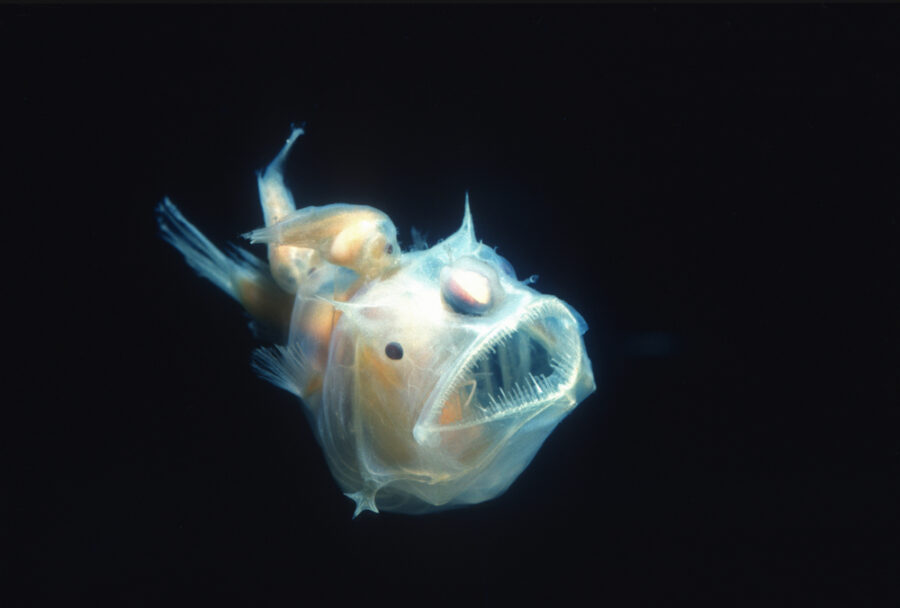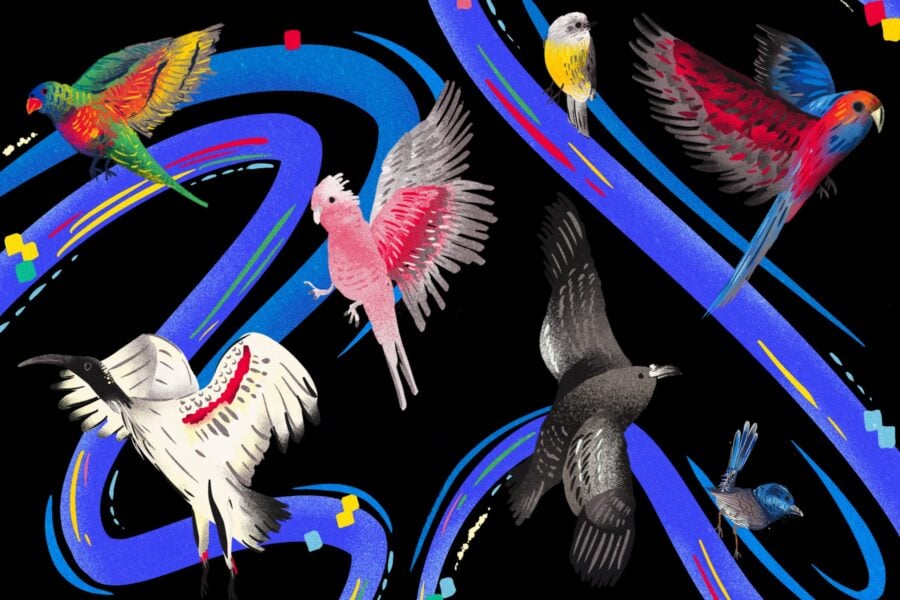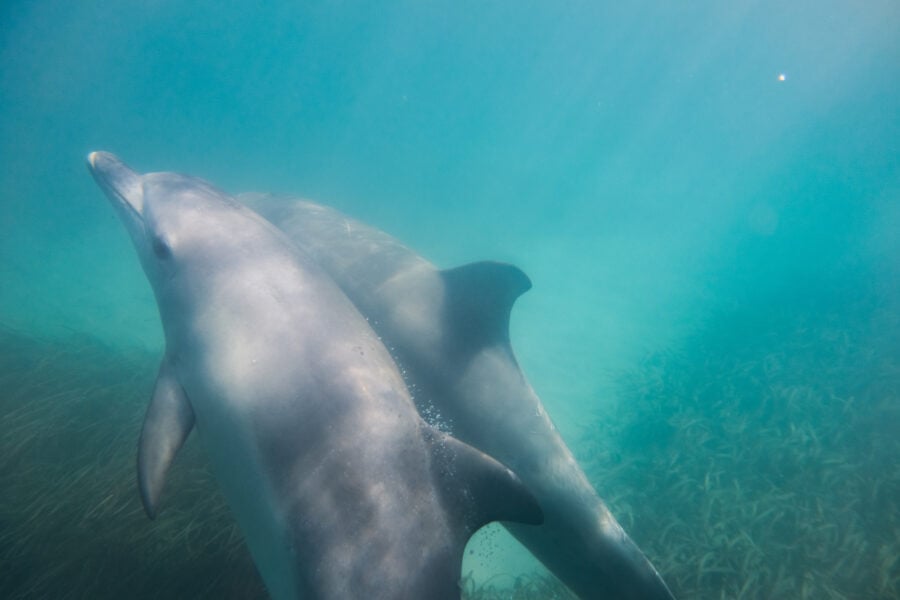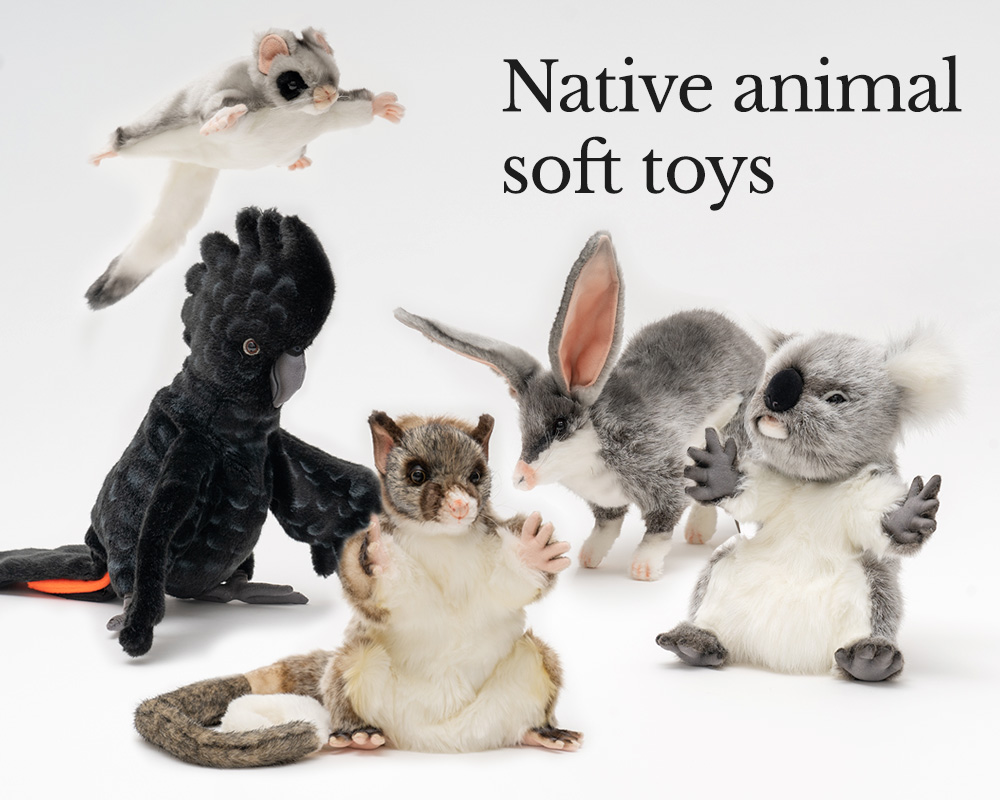Zombie ants found in Top End

In the remote savanna of the Northern Territory, scientists have made an eerie discovery: zombie ants.
These ants are parasitised, possessed and eventually consumed from within by a fungus – possibly a species not yet recorded by modern science.
Dr François Brassard, a myrmecologist and postdoc with The University of Western Australia, spotted the ants during a Bush Blitz expedition on Jawoyn country in the Northern Territory. Bush Blitz is a nationwide project focused on cataloguing Australia’s biodiversity.
“I found this thriving colony of spiny savanna ants, Polyrhachis senilis, but there were also many creepy-looking dead ants around it, clamped to grass stalks,” he said. “And I thought I recognised what it was – a type of parasitic fungus.”


Dr Brassard explained that as a parasite, the fungus needed to infect the ants through spores to finish its life cycle. Once infected, the fungus takes over the ant’s body.
Infected ants are then compelled to climb vegetation and clamp themselves in place until death, allowing the fungus to consume them from within and grow a fruiting body to disperse new spores.
“The fungi manipulate the ants to climb up to high vantage points around the colony. When the spores are released, these will then rain down and infect more ants. It’s the perfect shooting position,” Dr Brassard said.
Fascinating fungi
In true scientific spirit, Dr Brassard brought some ants back to his Bush Blitz colleague Sherie Bruce, an expert mycologist, to further investigate.
Bruce is an Arrernte and Yolŋu woman and a PhD scholar at The University of Queensland’s Alliance for Agriculture and Food Innovation. Through her research, she hopes to realise the value of fungi for First Nations people, uncover the complexity of species diversity, and raise awareness about mycology in Australia.
“Fungi are essential for our ecosystem,” she explained. “Ninety per cent of plants have a mycorrhiza – a friendship or partnership – with fungi.”
When Dr Brassard handed her a small jar saying he had a present for her, Bruce wasn’t initially sure what she was looking at.
“I’m looking at the jar thinking it must be spiders in it and wondering what this has to do with me. But then François told me that they’re not spiders; they’re ants infected by a fungus.”
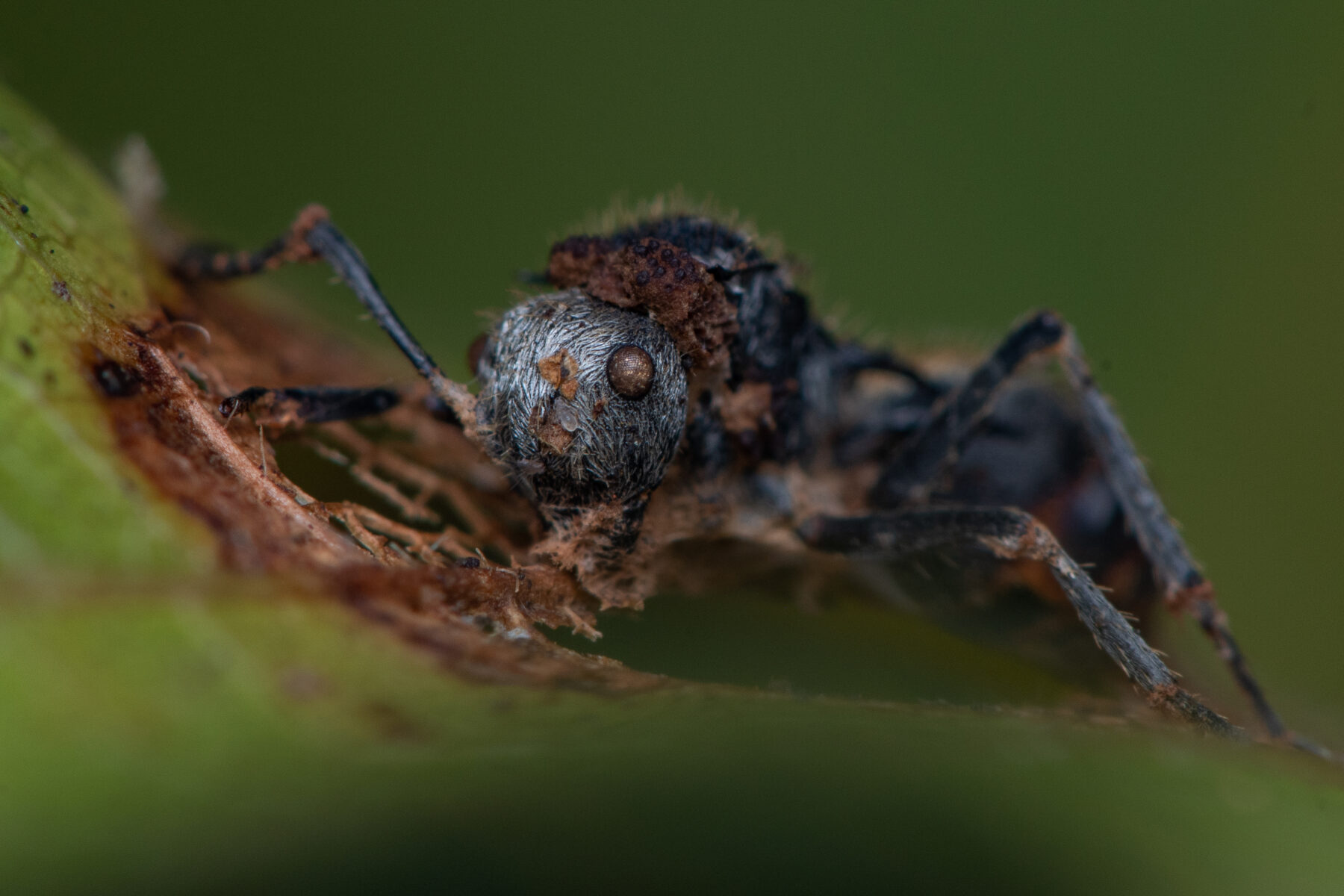
She suspected the fungus was from the Ophiocordyceps genus – a fungus she knew was famous for parasitising ants and altering their behaviour.
“I never thought that I would see an Ophiocordyceps because they are quite rare, so I was really excited. After the first collection of the infected ants, I found more individuals with fungus coming out of the heads of the ants, like a unicorn horn. It was freaky!”
The zombie ant phenomenon has been documented in tropical regions, but Bruce explained there are no confirmed records of Ophiocordyceps infecting Polyrhachis senilis, or any other ant species, in the Top End of Australia.
“This makes our find potentially a first for the region, and a significant contribution to understanding our hidden fungal biodiversity,” she said.
Bruce plans to sequence the DNA of the savanna fungus to determine whether it is a new species. She is also keen to share her sample with other First Nations people.
“I’m sure someone has observed it before, that this knowledge is already there, and that it has been around for thousands of years.”
The value of exploring biodiversity together
The discovery marked Bruce and Dr Brassard’s first Bush Blitz experience together. Bruce said the zombie-ant find highlighted the importance of collaborative science field exploration.
“It’s only because François was looking for ants that I kept an eye out for this fungus. In our day jobs, us scientists are often isolated, siloed in our own little area,” she said. “When we come together, it’s an opportunity to solve problems and think in an interdisciplinary way. It is very powerful.”
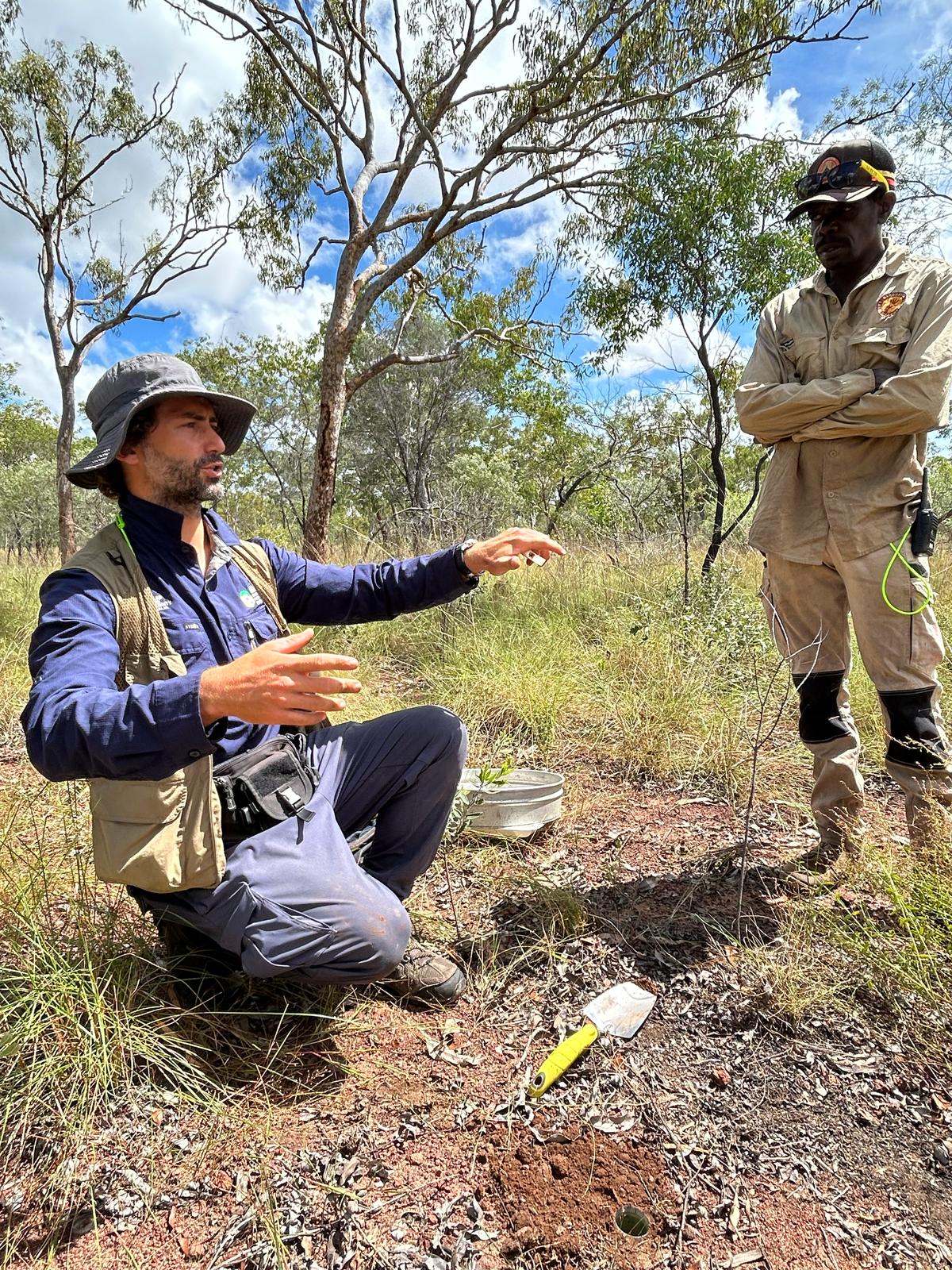
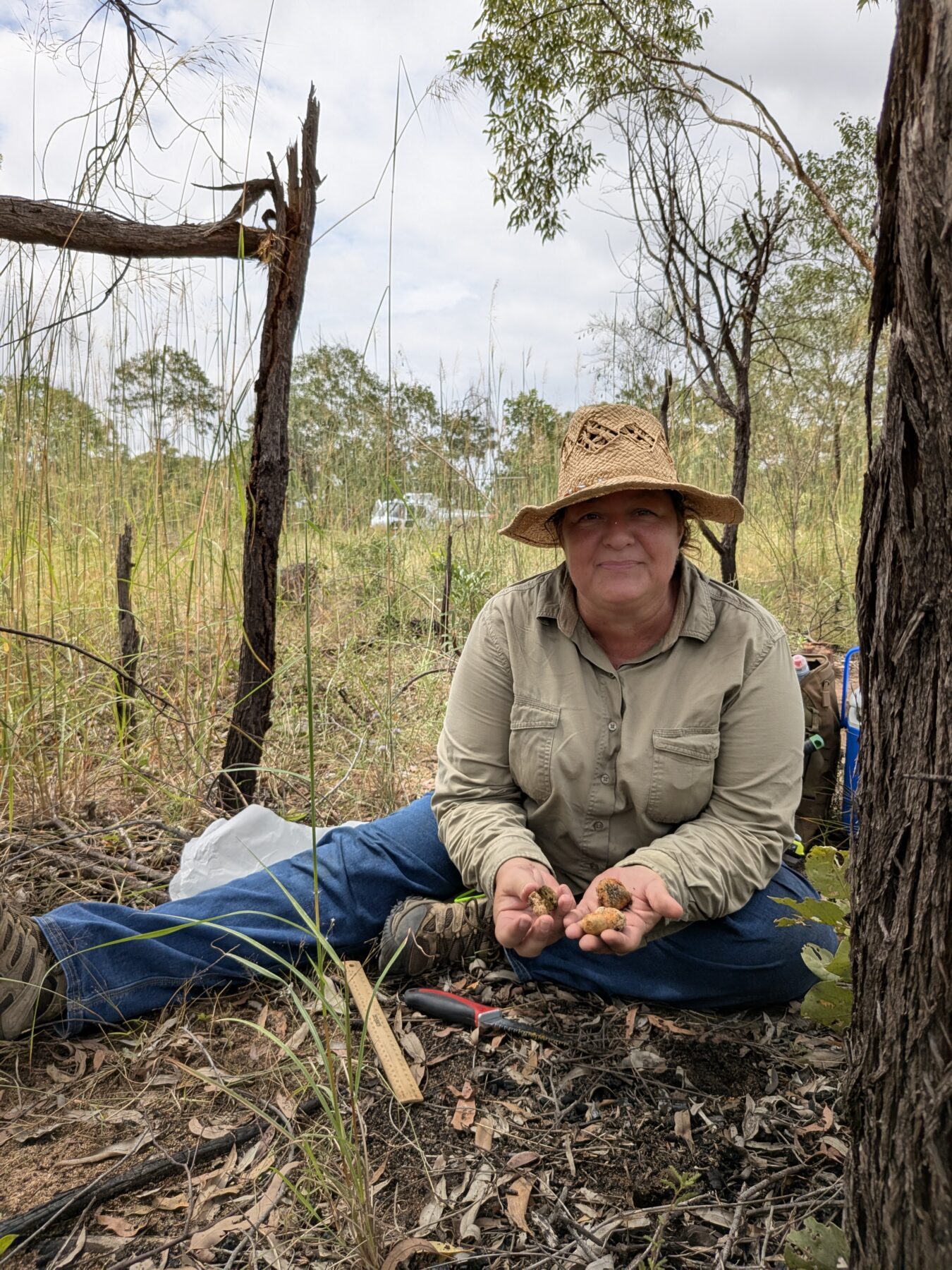
Bruce said she was proud of how respectful and reciprocal the knowledge exchange was during the Bush Blitz.
“It’s definitely the right way that science should be done,” she reflected. “It’s both back and forward knowledge sharing between First Peoples’ science and Western science.”
The Jawoyn country Bush Blitz brought together Traditional Owners, scientists, curators and technical staff from the Museum and Art Gallery of the Northern Territory, the NT Herbarium, Charles Darwin University, Western Australian Museum, the Australian Museum, CSIRO, and The University of Adelaide.
Dr Brassard considered the collaboration, as well as the community outreach, very valuable.
“During our community day in Katherine, we shared all the things that we had been collecting from the area. I saw so many kids with a real fascination in their eyes,” he recalled.
“I hope sharing these discoveries will spark a lifelong interest and that some of these kids may help discover more biodiversity.”
